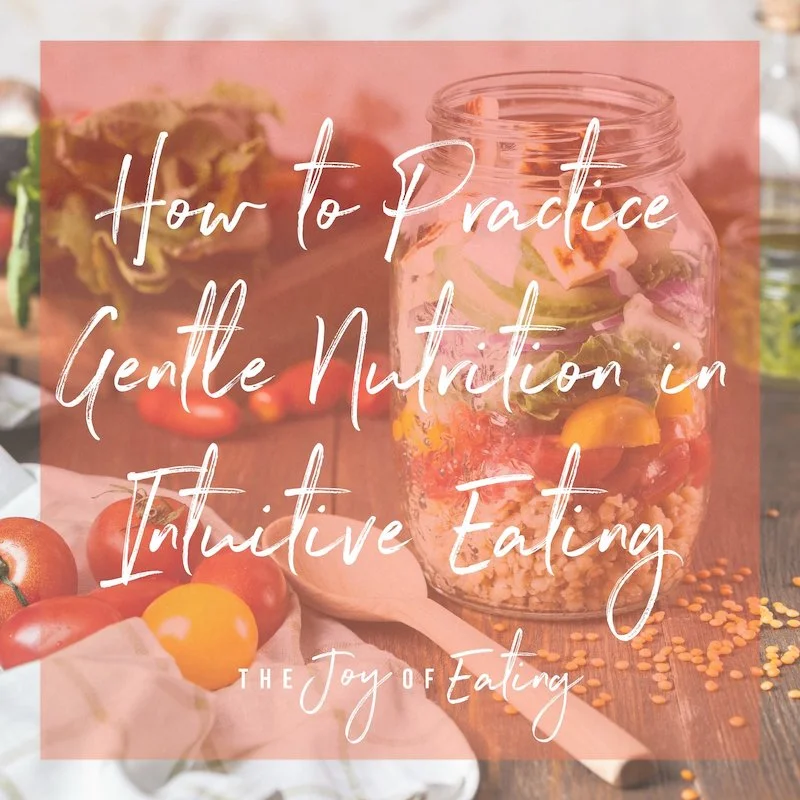There’s a good reason gentle nutrition is the last principle of intuitive eating. Without doing some work to heal your relationship with food, gentle nutrition can easily become yet another a diet. However saving it for last can make it feel like a bit of a mystery. This blog post helps demystify what gentle nutrition looks like so you are able to bring non-diet nutrition into your intuitive eating practice.
Read MoreYears of yo-yo dieting and disordered eating can get you out of touch with internal cues, like your body's hunger and fullness signals. Learn how to use the hunger fullness scale in intuitive eating, a tool that can help you can back in touch with your food needs.
Read MoreAs a non-diet approach, intuitive eating might seem like it’s not for people with diabetes, a chronic condition that (supposedly) must be managed with a strict diet. While intuitive eating for diabetes might look a little different, it’s still a tool you can use to take some stress out of managing diabetes and to help control blood sugar levels.
Read More“You can’t practice intuitive eating in eating disorder recovery” is a common refrain in treatment. But is that actually true? In this post, I discuss the 10 principles of intuitive eating and how they can be incorporated in eating disorder recovery.
Read MoreBecause athletes often require a bit more structure than the average human, some people think that intuitive eating for athletes isn’t possible. This blog post busts that myth and shows you how to adapt the principles of intuitive eating for sports nutrition.
Read MoreDiet advice is all about restriction and willpower. It tells you to “just say no” to all the foods you love and enjoy - no wonder so many people are trapped in a cycle or restriction and binging! If you’re wondering how to make peace with food and become a more intuitive eater, it starts with giving yourself permission to eat the foods you love.
Read More






